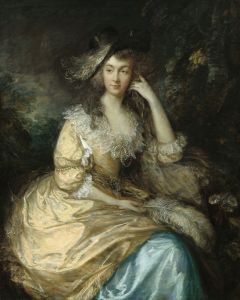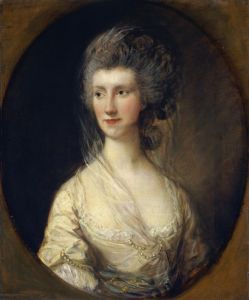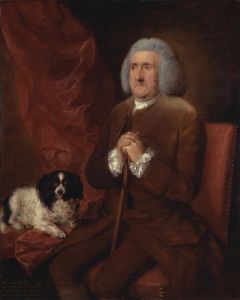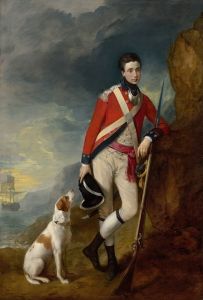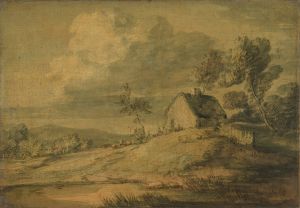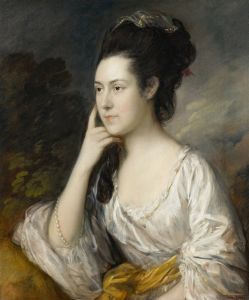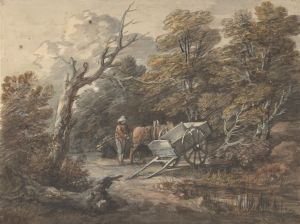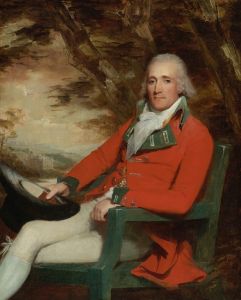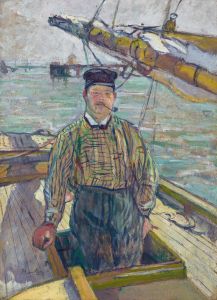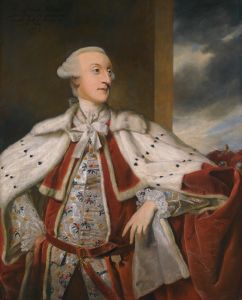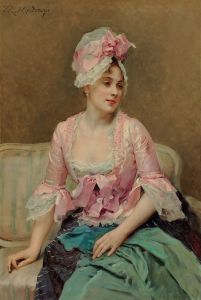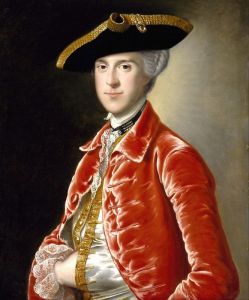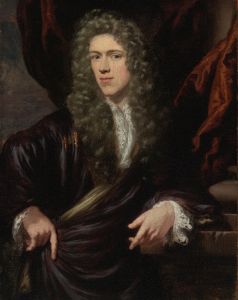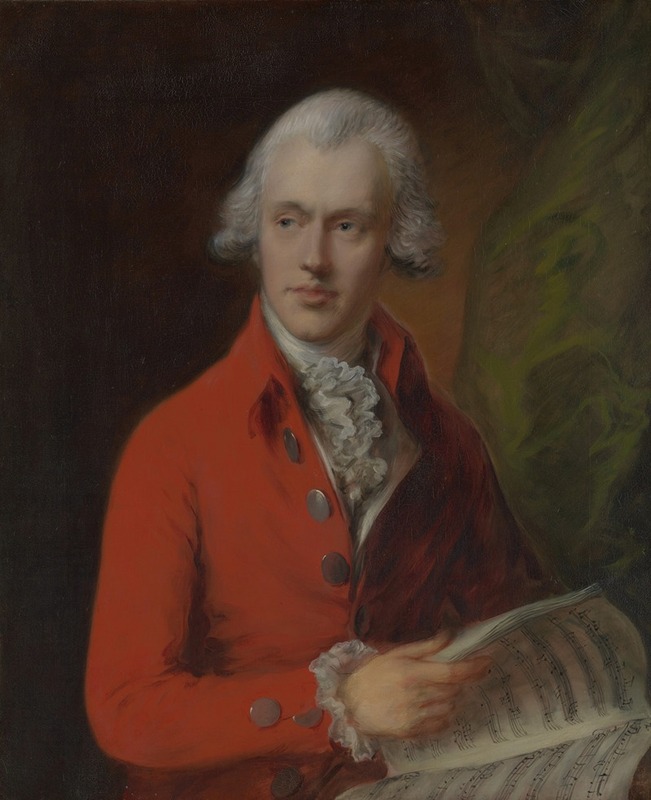
Charles Rousseau Burney
A hand-painted replica of Thomas Gainsborough’s masterpiece Charles Rousseau Burney, meticulously crafted by professional artists to capture the true essence of the original. Each piece is created with museum-quality canvas and rare mineral pigments, carefully painted by experienced artists with delicate brushstrokes and rich, layered colors to perfectly recreate the texture of the original artwork. Unlike machine-printed reproductions, this hand-painted version brings the painting to life, infused with the artist’s emotions and skill in every stroke. Whether for personal collection or home decoration, it instantly elevates the artistic atmosphere of any space.
"Charles Rousseau Burney" is a portrait painting by the renowned British artist Thomas Gainsborough. This artwork depicts Charles Rousseau Burney, the son of the famous music historian Dr. Charles Burney. The painting is a fine example of Gainsborough's skill in portraiture, showcasing his ability to capture the character and essence of his subjects with remarkable sensitivity and finesse.
Thomas Gainsborough (1727–1788) was one of the leading portrait and landscape painters of 18th-century Britain. He was a founding member of the Royal Academy of Arts and is celebrated for his innovative techniques and the elegance of his compositions. Gainsborough's portraits are known for their lively brushwork, delicate color palette, and the insightful portrayal of his sitters' personalities.
Charles Rousseau Burney (1747–1819) was the second son of Dr. Charles Burney, a prominent music historian, composer, and musician. Charles Rousseau Burney followed in his father's footsteps, becoming a musician and a scholar. He was also known for his work as a schoolmaster and for his contributions to the field of music education.
The portrait of Charles Rousseau Burney by Gainsborough is believed to have been painted around 1780. In this painting, Gainsborough captures Burney in a thoughtful and composed manner, reflecting his intellectual pursuits and refined demeanor. The artist's use of light and shadow, combined with his characteristic loose brushwork, creates a sense of depth and realism that brings the subject to life.
Gainsborough's portraits often feature a naturalistic background, and this painting is no exception. The background is rendered with soft, muted tones that complement the sitter's attire and enhance the overall harmony of the composition. The subtle interplay of light and shadow on Burney's face and clothing demonstrates Gainsborough's mastery of chiaroscuro, a technique that adds a three-dimensional quality to the painting.
The portrait of Charles Rousseau Burney is housed in the National Gallery in London, where it is part of the museum's extensive collection of British art. The National Gallery is home to many of Gainsborough's works, and this particular painting is considered an important example of his portraiture during the late 18th century.
Gainsborough's ability to convey the personality and status of his sitters through his portraits has earned him a lasting legacy in the history of art. The portrait of Charles Rousseau Burney stands as a testament to Gainsborough's talent and his contribution to the development of British portrait painting. Through this work, viewers can appreciate the artist's skill in capturing the essence of his subject and the elegance of his artistic style.





